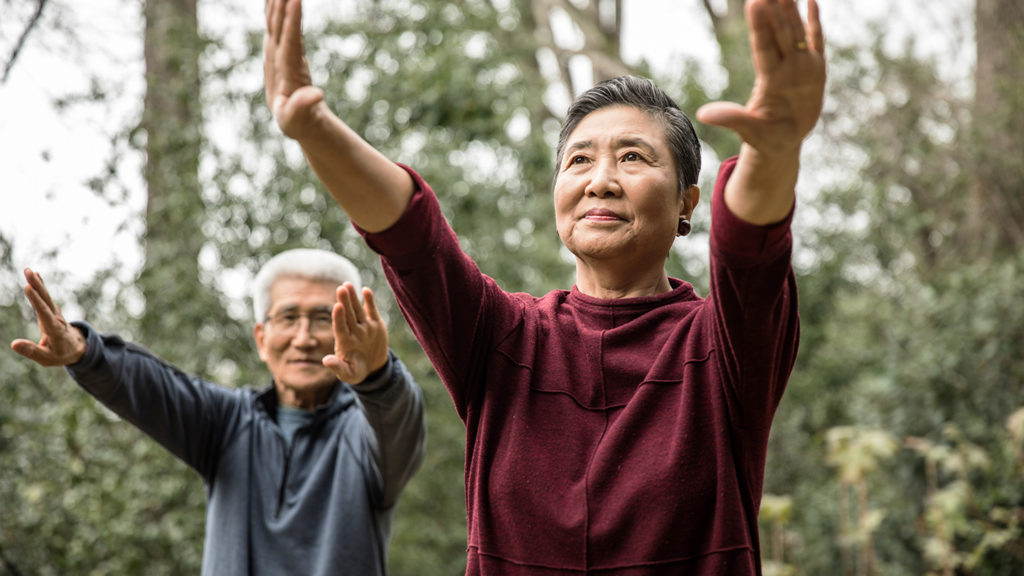
Educating senior living residents about available options and how to stay active despite chronic conditions or mobility limitations are essential actions to removing barriers to physical activity for older adults, according to a new report.
The Mather Institute released a research report on why most older adults don’t participate in regular activity and about how senior living providers can remove barriers, improve residents’ perceptions on aging and increase physical activity levels.
Physical activity helps individuals feel better and live longer, but only 43% of adults aged 65 to 74 years meet daily recommendations, and even fewer individuals in older age groups achieve daily physical activity recommendations, according to the report.
Barriers to achieving daily physical activity goals fell into three categories: belief and preference, physical ability and psychosocial barriers.
Lack of awareness or knowledge, personal preferences, injury risk, chronic conditions and mobility limitations, lack of confidence, negative perceptions of aging, lack of social interaction and social anxiety are examples of barriers holding older adults back from being physically active.
The report noted that although residents are likely kept up to date on community program offerings, they would benefit from additional focus on health literacy and how to exercise safely. Framing physical activity as a strategy to prevent or manage health conditions and making fitness a norm for all ages, the authors wrote, is key to improving older adults’ self confidence and perceptions on aging.
“Considering the strong connection between social interaction and physical activity, senior living environments have an advantage in these areas and should take every opportunity to blend social and physical activities,” the report reads.
Other recommendations from the report include being creative with exercise programs to make them more engaging, offering group activities to incorporate socialization opportunities, and addressing residents’ backgrounds to promote a culture of active older adults.
The report encouraged wellness directors to use the information to devote attention to identifying what may prevent residents from being more active and adapting residents’ environments to be conducive to physical activity.


